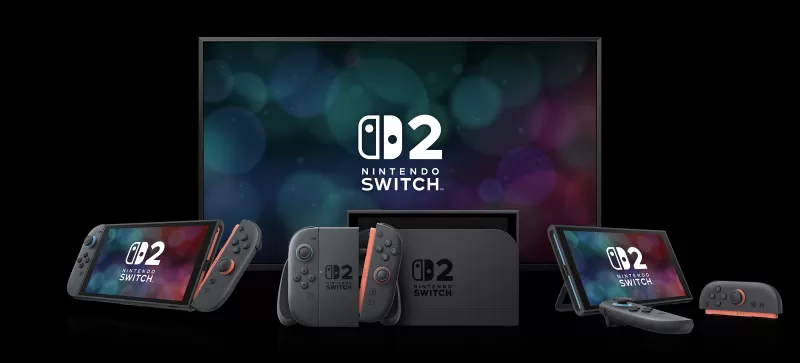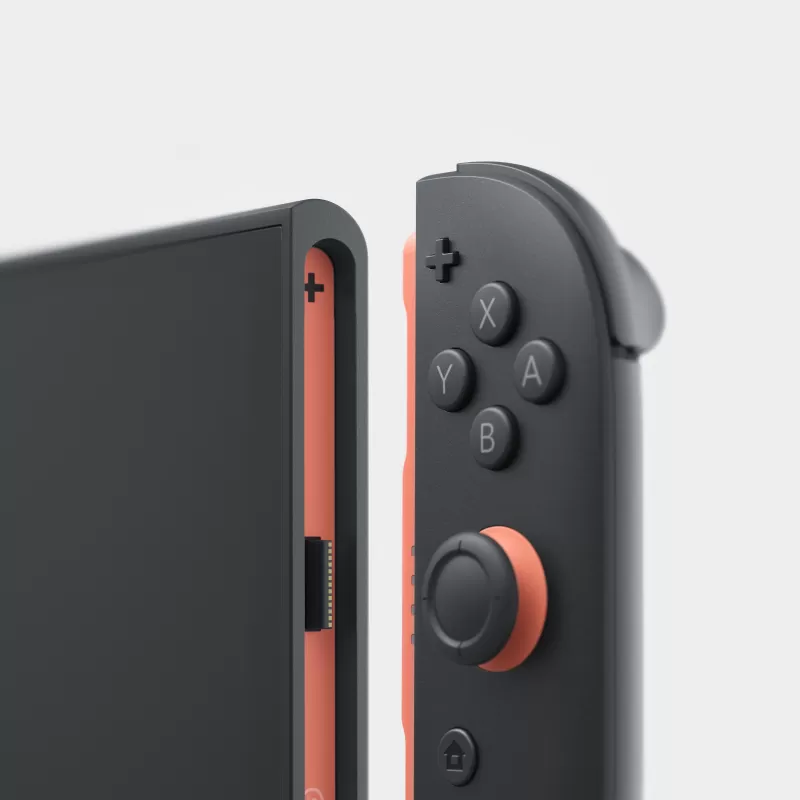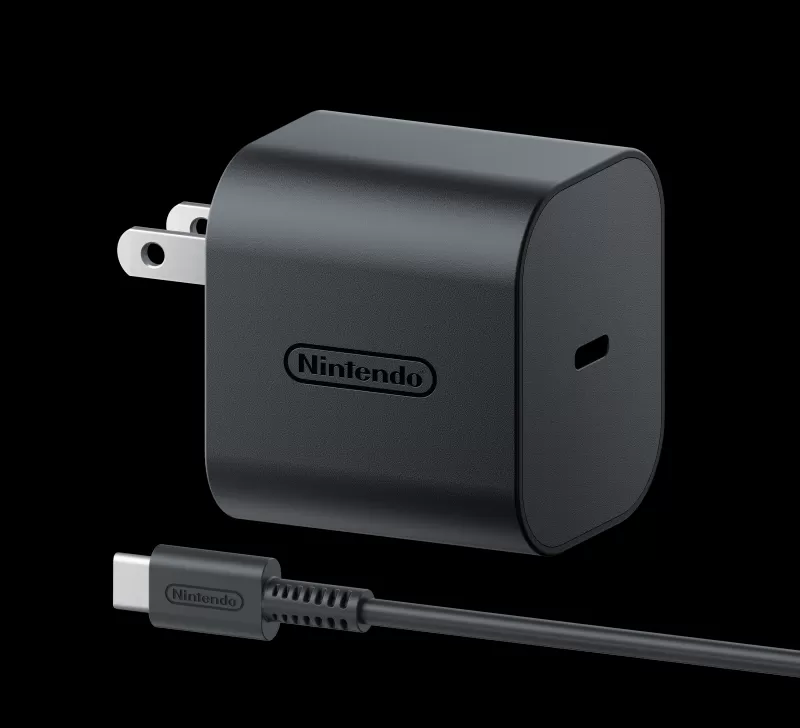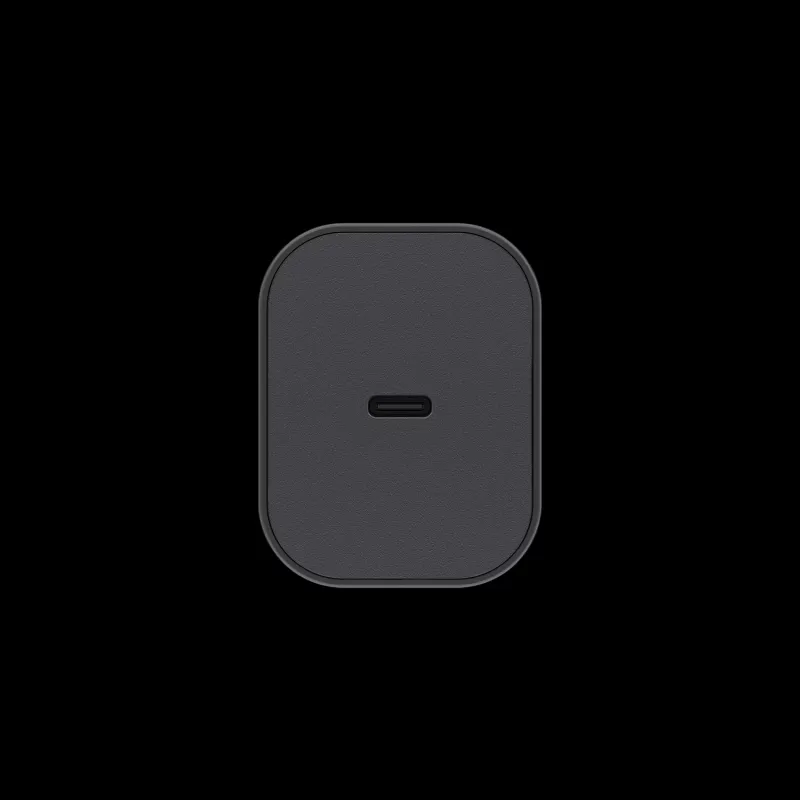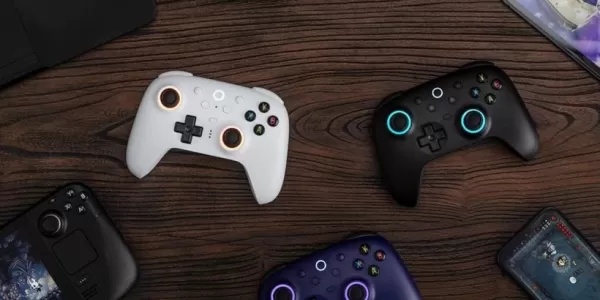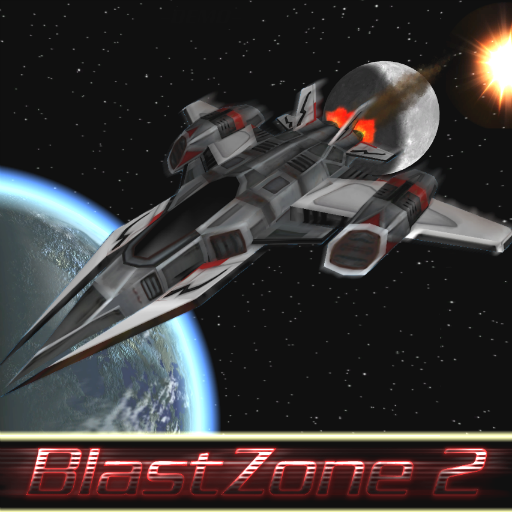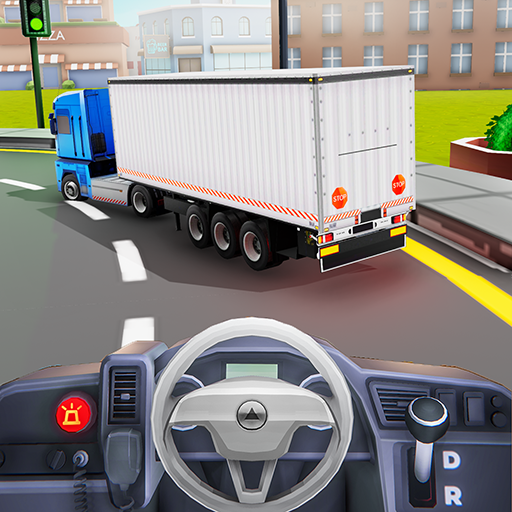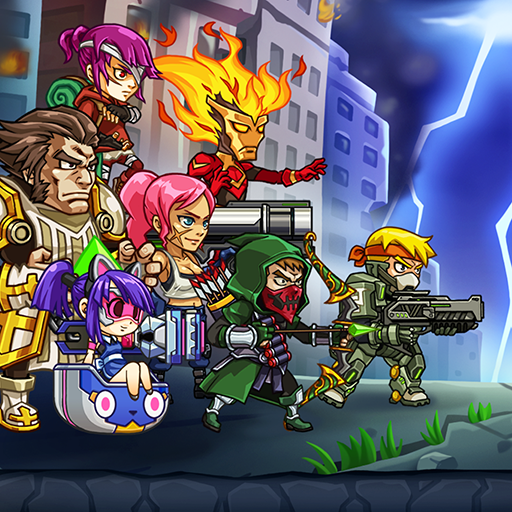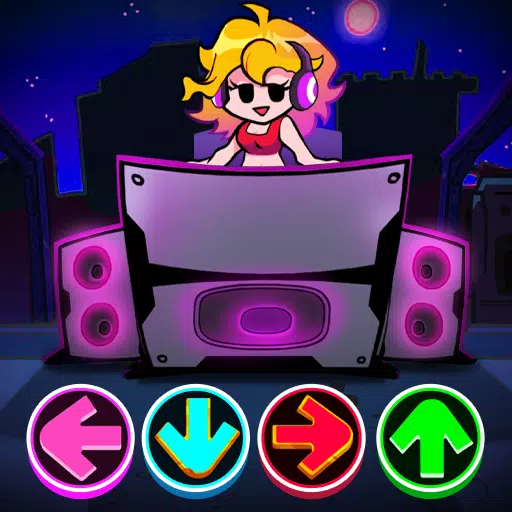This week has been a whirlwind for U.S. gamers, marked by dramatic shifts in the gaming landscape. It began with excitement as the Nintendo Switch 2 was officially unveiled in full detail, showcasing its lineup of games and features. However, the enthusiasm quickly turned to concern when fans learned about the $450 price tag and an additional $80 for *Mario Kart Tour*. Just when everyone thought things had settled, Nintendo stunned audiences once again by announcing a delay on pre-orders for the system, citing the need to assess the impact of the Trump Administration’s sweeping and unprecedented tariffs affecting nearly every nation globally.
We’ve previously covered why the Nintendo Switch 2 carries such a high price and how the industry's trade association anticipates these tariffs will affect the broader gaming market. But now, the burning question remains: what is Nintendo’s next move? And when pre-orders finally open, will the Nintendo Switch 2 cost even more than originally announced?
Typically, when uncertainty arises around video game pricing, analysts are able to provide educated insights based on data and trends. However, this time is different. For the first time since beginning such analyses, every expert consulted admitted they were unsure of what would happen next. Some offered potential scenarios—Nintendo might raise prices or it might not—but all emphasized the unpredictability of the current situation. With developments happening rapidly and no precedent to guide predictions, even seasoned professionals can only speculate.
What Analysts Are Saying
Among those who believe Nintendo may be forced to increase the price is Dr. Serkan Toto, CEO of Kantan Games. Initially skeptical that Nintendo could change the price after it had already been set, he now sees the delay as a sign that the company is reconsidering. “It is very difficult to predict, but Nintendo will likely take a few days to run simulations and then announce hikes—not only for the system itself but also for games and accessories,” he explained. “If sustained, these sky-high tariffs leave them no choice. Would you be surprised to see the Switch 2 hit US$500 for the base model? I wouldn't.”
He also questioned Nintendo’s timing. “Why on earth did Nintendo not wait for the U.S. to fix their tariffs first and then decide on pricing during a Direct a few days later? This made no sense.”
Mat Piscatella of Circana echoed similar concerns, noting that while the situation is unpredictable, rising prices across the board—including for Nintendo products—are likely. He explained that Nintendo probably made assumptions about tariff levels before setting the original price, but the actual figures introduced on Wednesday exceeded expectations. “Every reasonable and responsible business that relies on international supply chains will be reevaluating its U.S. consumer pricing at this point. They have to,” he said.
Manu Rosier from Newzoo agreed that hardware prices could rise due to the tariffs, though software may remain relatively unaffected. “While physical versions might be subject to tariffs, the growing dominance and lower cost of digital distribution would likely limit any broader effect,” he noted. “Regarding hardware, however, the situation is more sensitive. If a 20% tariff—or any substantial increase—were to be introduced, it’s unlikely that companies like Nintendo would absorb the additional cost by cutting into their margins. In such cases, the burden could shift to consumers in the form of higher retail prices.”
Potential Price Resistance
On the other side of the debate, Joost van Dreunen of NYU Stern believes Nintendo will do everything possible to avoid raising the price. “I believe the volatility from the Trump tariffs was already considered in the Switch 2's $449.99 pricing,” he stated. “Given the first Trump administration's impact, Nintendo, like other manufacturers, has since restructured its supply chain to mitigate such geopolitical risks.”
He pointed out that historically, Nintendo has aimed for a launch price around the $400 mark, adjusted for inflation, suggesting that the current price already reflects an anticipation of potential economic challenges. “Nevertheless, the unpredictable nature of these tariff decisions injects a significant amount of uncertainty into the market,” he added. “This could compel Nintendo to find ways to absorb or offset additional costs, especially when initial product margins are typically narrower.”
Piers Harding-Rolls of Ampere Analysis agreed, stating that Nintendo risks alienating consumers if it raises prices again. “The extent of the tariffs and its impact on Vietnamese exports are really bad news for Nintendo,” he said. “The company is now in between a rock and a hard place, having already announced the launch price.”
He believes Nintendo will aim to maintain the $449.99 price point if possible, but acknowledged that external pressures might eventually force a reassessment. “Nintendo will not want to change the price having announced it, but I think everything is on the table now,” he concluded.
A Broader Industry Impact
Rhys Elliott of Alinea Analytics joined the camp predicting higher prices across both hardware and software. He pointed to Nintendo’s recent strategy of offering cheaper digital editions in certain markets as a possible hedge against tariff-related costs. “Nintendo might have wanted to do something similar in the U.S., but the tariff situation is so chaotic that Nintendo was in ‘wait and see’ mode—and decided to hedge its bets to see if it needed to offset the tariffs.”
Elliott warned that the broader gaming industry will suffer as a result of the tariffs, with consumers ultimately bearing the brunt of increased costs. “These extreme tariffs will also be bad for consumers in the U.S. but are positive for the U.S. administration’s populist façade,” he said. “Policies that lead to higher prices for everyday people amid a cost-of-living crisis are deplorable. They're bad for gamers and the games business.”
He also criticized the economic logic behind the tariffs, emphasizing that data consistently shows they harm overall economic well-being. “Consumption and economic well-being are stronger when countries focus on producing goods they can efficiently produce and trade for others,” he explained. “The trade war flies in the face of these core economic principles.”
Nintendo Switch 2 System and Accessories Gallery
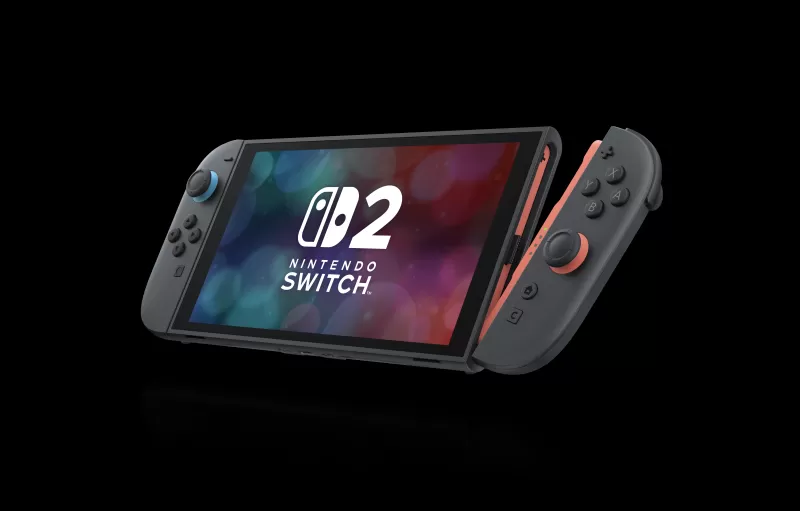
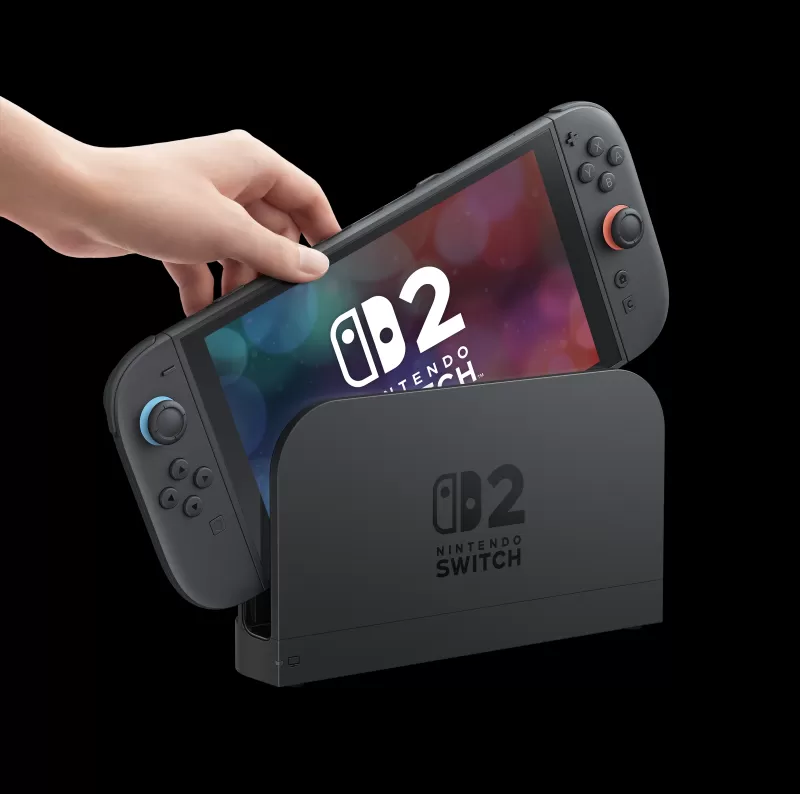 91 Images
91 Images